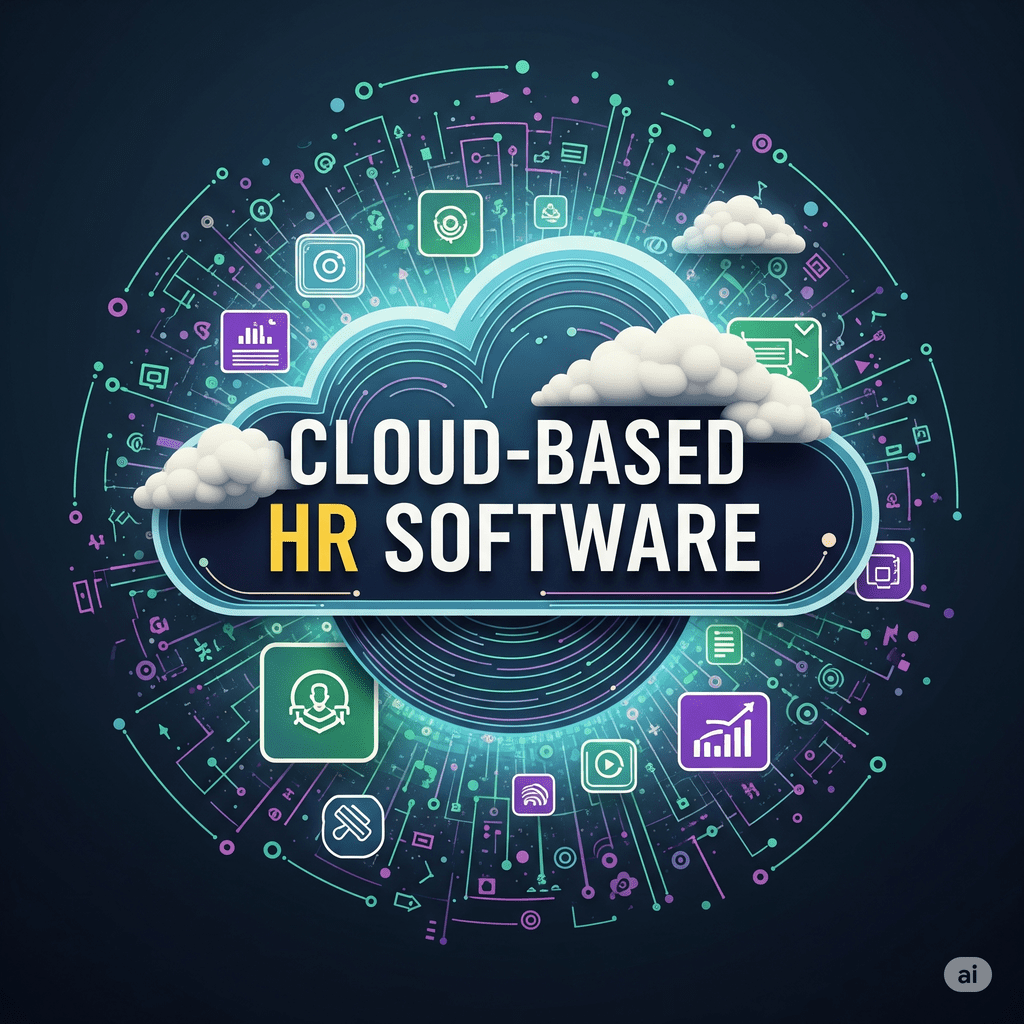
Thinking of Adapting Cloud-Based HR Software?
In our digital age, the tools and software we use must connect us digitally to the world.
Cloud-based HR software has now become an integral part of employee lifecycle management across the globe. With so many options and functionality available, organizations can now choose from a variety of HR software based on their business requirements.
These HRIS systems can then be integrated with identity providers, using a lightweight IGA product solution such as Hire2Retire to further automate the employee identity lifecycle.
Understand Cloud-Based HR Software
Cloud-based HR systems, also known as HRIS Human Resource Integration Systems or HCM (Human Capital Management), are designed to manage a wide range of HR functions, including administrative tasks such as payroll and benefits, managing time off, employee data management (keeping employee records), and employee inquiries. A digital self-access portal for HR managers to resolve employee issues, etc.
Recruitment processes can be streamlined using software and tools like ATS, which help shortlist potential candidates based on predefined guidelines, making recruitment faster and easier. Performance management involves keeping employee logs and information, such as the number of hours worked, storing feedback, and comparing the outcomes of tasks each employee worked on.
HRIS systems are designed to keep the employee lifecycle journey in mind, covering above mentioned aspects of HR management.
Benefits of Cloud-Based HR Software

In Sync Updates and Efficiency
Instead of storing employee data and information in paper records, digital storage reduces the time spent searching for relevant data. It also enhances data security and monitoring, ensuring that only authorized individuals have access to sensitive files.
Boosting Employee Experience
With the rise of hybrid and remote workers, digital, physical, and cultural experiences have become crucial. HR software enables employees to download pay stubs, tax forms, and other documents easily. They can also confirm and update their contact details and enroll in company benefits plans conveniently. Additionally, employees no longer have to worry about attendance records.
Fast Data Management
HRIS software provides comprehensive and easily accessible information, ensuring secure and convenient storage.
Lower Costs
Compared to purchasing multiple software packages, HR software offers lower upfront costs and reduced administration expenses. They also prove to me more reliable.
Streamline HR Processes
HR software helps streamline HR processes, making them more efficient and effective. They cover all the aspects of the employee life cycle, ranging from recruitment to performance evaluation.
Data-Driven Decisions
HR software includes analytics and reporting features, allowing HR professionals to make data-driven decisions and improve organizational performance.
Company Growth
HR software can support company growth and scalability by managing larger employee sizes and optimizing HR operations when required.
Considerations When Choosing HR Software
- Organization size
- Company location
- Recruiting
- Payroll and compliance
- Performance management
- Cost and support
It’s recommended to consider all the above aspects before choosing an HR system for your organization. You should also take into account your company’s goals and targets for the next five years. If you plan to expand and recruit more employees in the coming year, it’s wise to invest in and set up HR software that also enables recruiting. If you are a growing company that needs analytics and detailed reports on employee performance, you can opt for advanced HR software.
Let’s have a quick look at some of our user favorites:
Most Widely Used HR Software
BambooHR: Popular for Custom Workflows
Bamboo HR is a one-stop shop for small to mid-sized companies, with over 33,000 customers in 55 industries. It is intuitive, with pre-built templates to choose from and well-designed workflows. This HR system’s ease of use, features, and tools set it apart. It helps you manage things like onboarding, employee performance tracking, payroll, and even the satisfaction and well-being of your employees.
ADP: For Payroll Management
ADP (Automatic Data Processing) is widely popular as an HR system; it manages payroll, time tracking, compliance, benefits administration, and talent management. Widely suited for small to middle–level and large companies.
Rippling: Known for Managing the Global Workforce
With Rippling, onboarding a new employee has never been easier. In only 90 seconds, you can provide them with the necessary tools, including their devices and training, as well as grant access to corporate cards.
UKG Pro: AI Solutions
UKG Pro is a human-based capital management system for middle—and large-sized companies. Its unique features include strong AI-driven workforce analytics capabilities, integrated payroll, and talent management.
Paycor: Popular for Small Businesses
With a mixed bag for all tasks, Paycor is popular among small businesses that want the flexibility of custom workflows. It also provides the end user with an easy-to-use interface, along with documentation management and onboarding capabilities.
What’s Next Post HR Automation?
Now that your HR team has been taken care of, it’s time to focus on your IT team. The next step would be syncing this HR data to your choice of identity provider to unload the work of your IT team and meet all the compliance and security needs for your organization.
Featured image generated using Google’s Gemini AI.